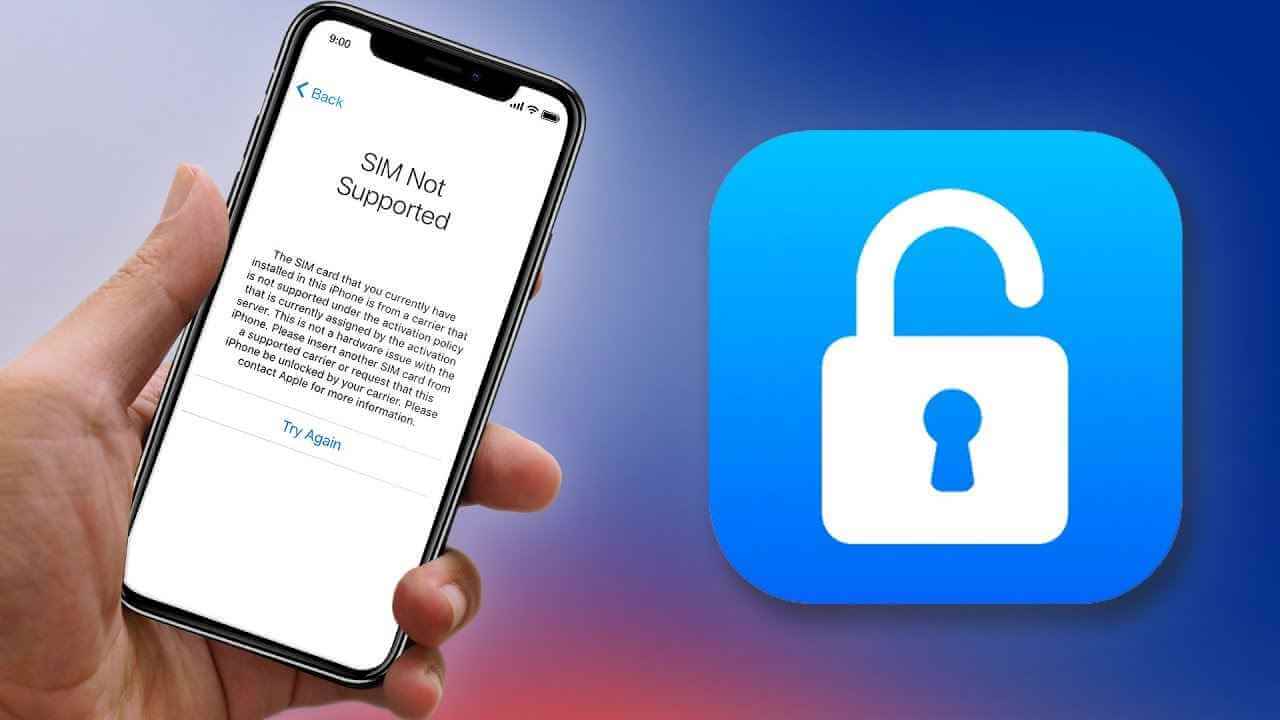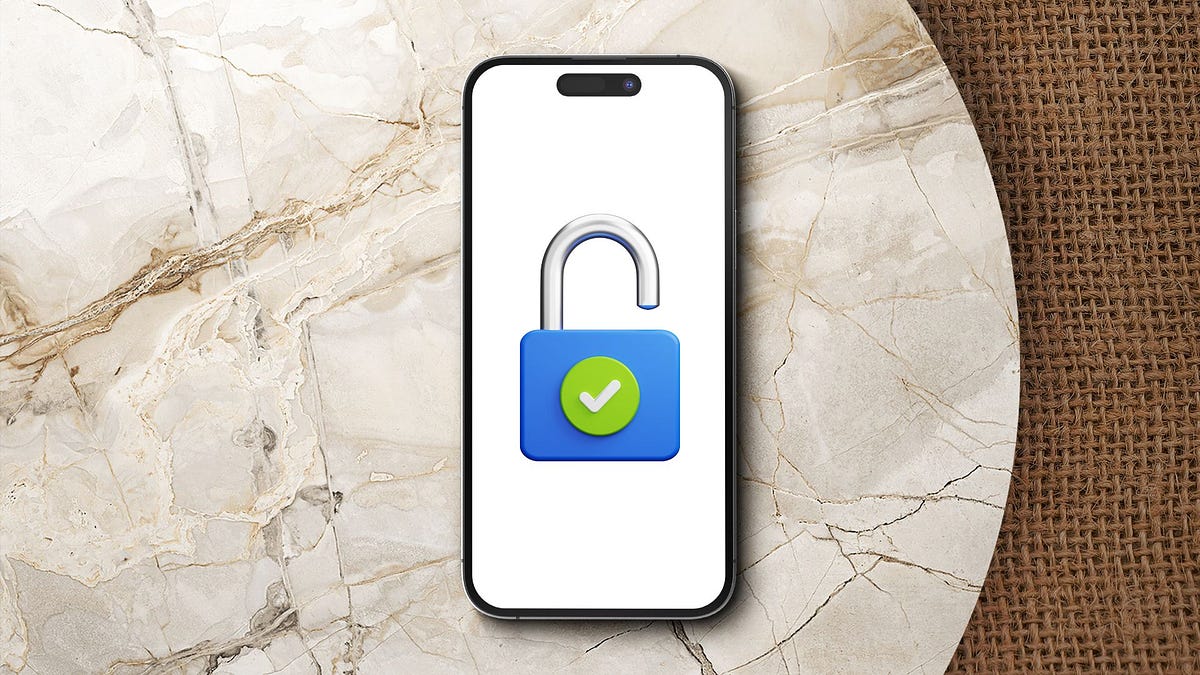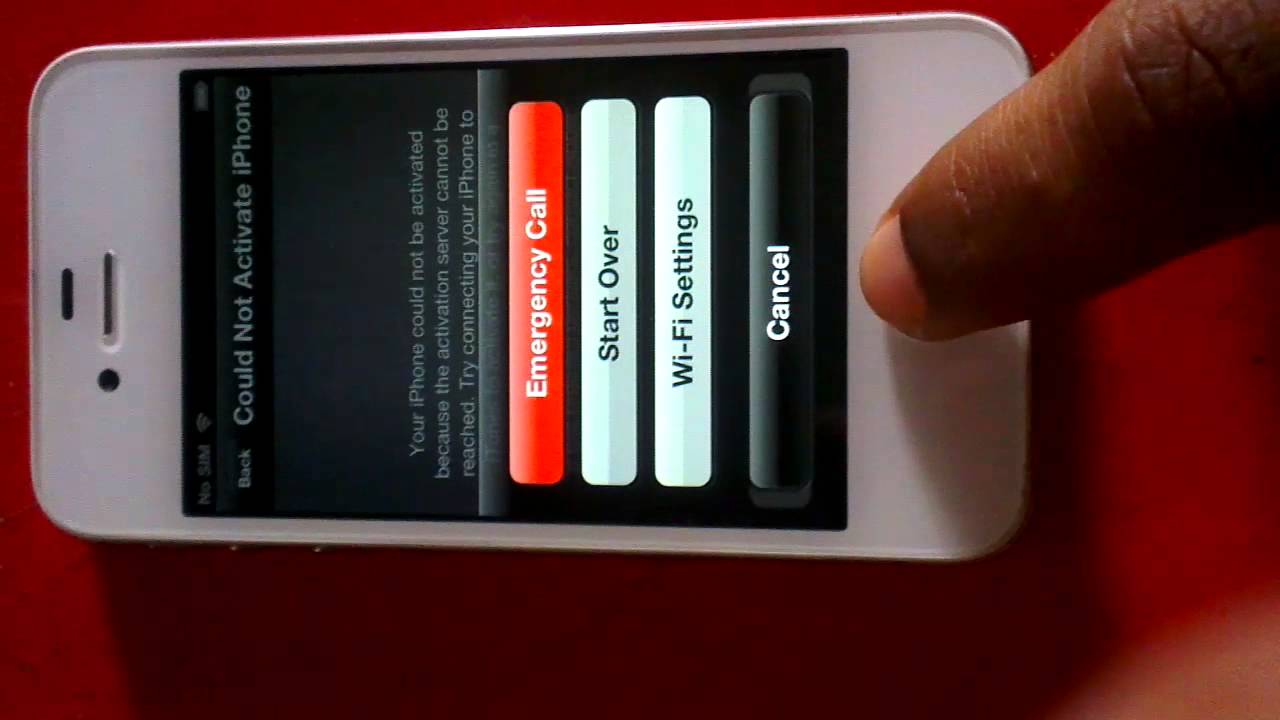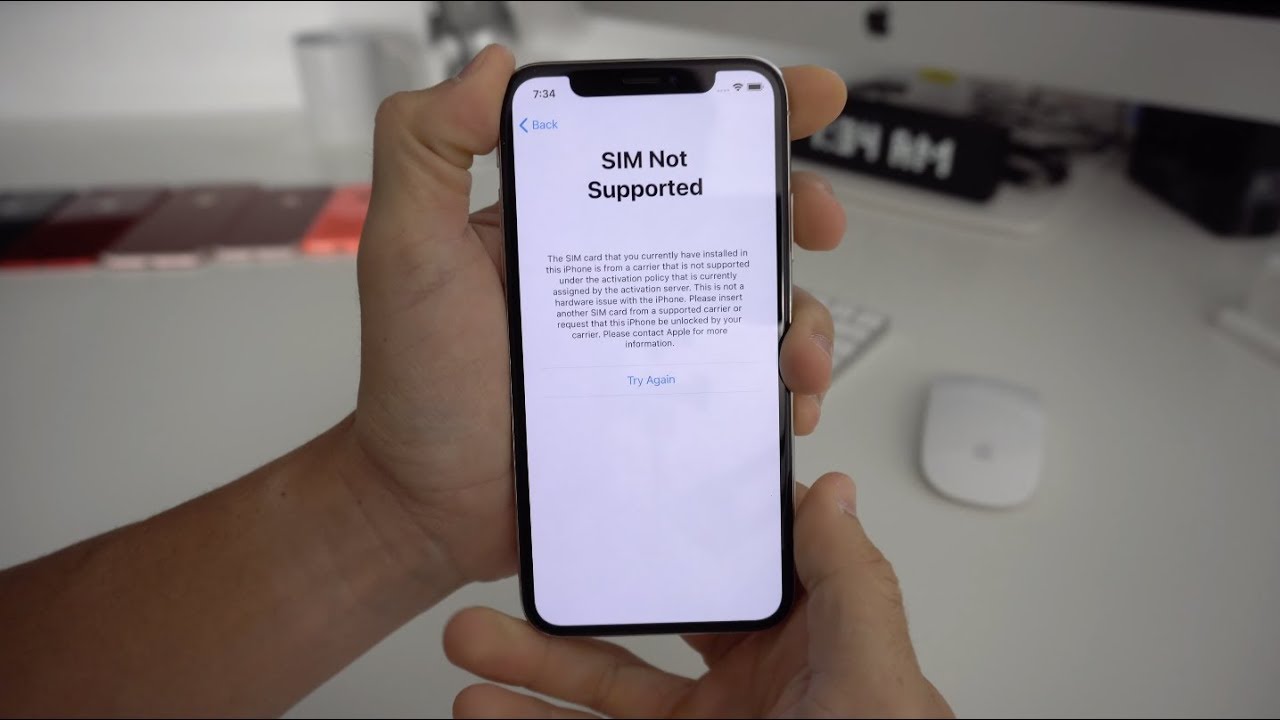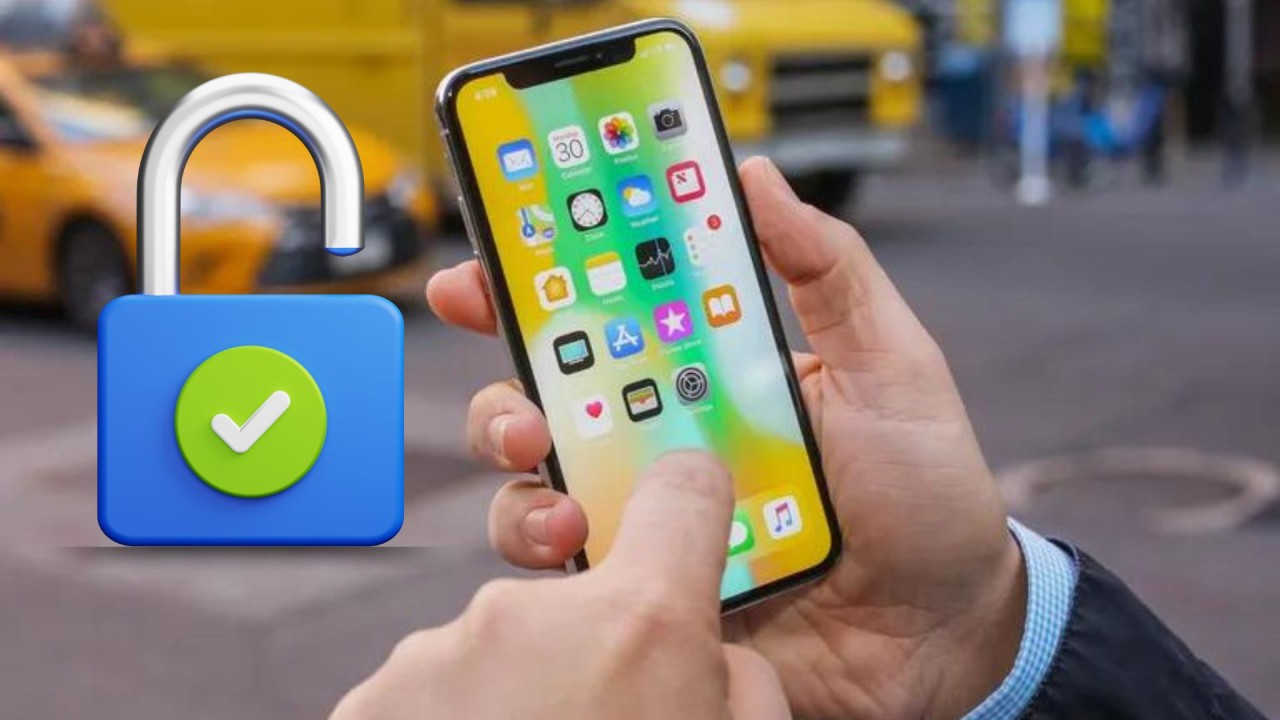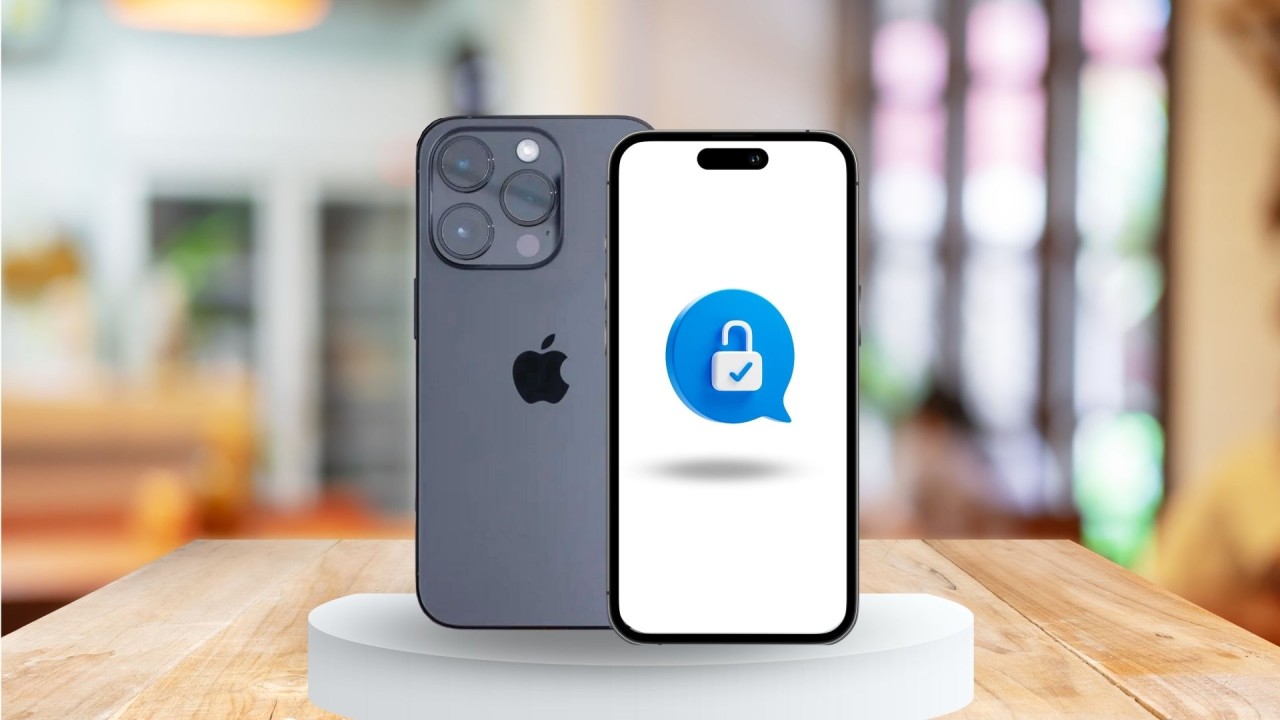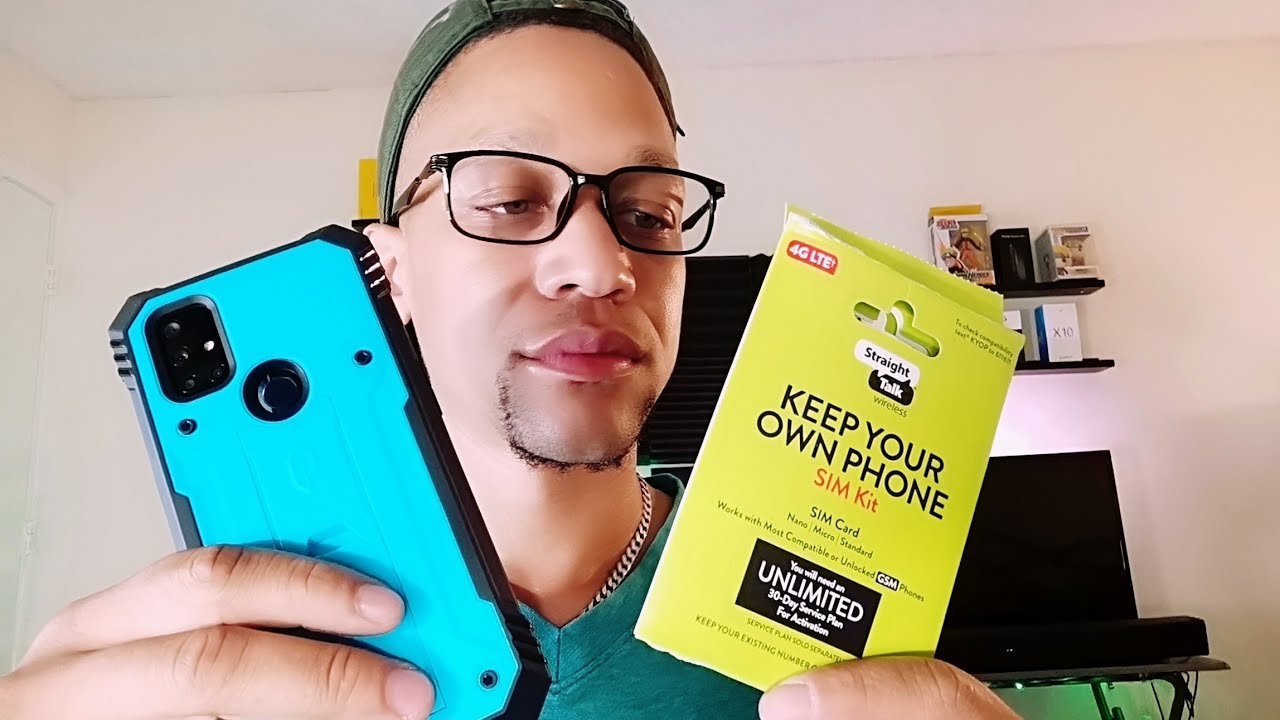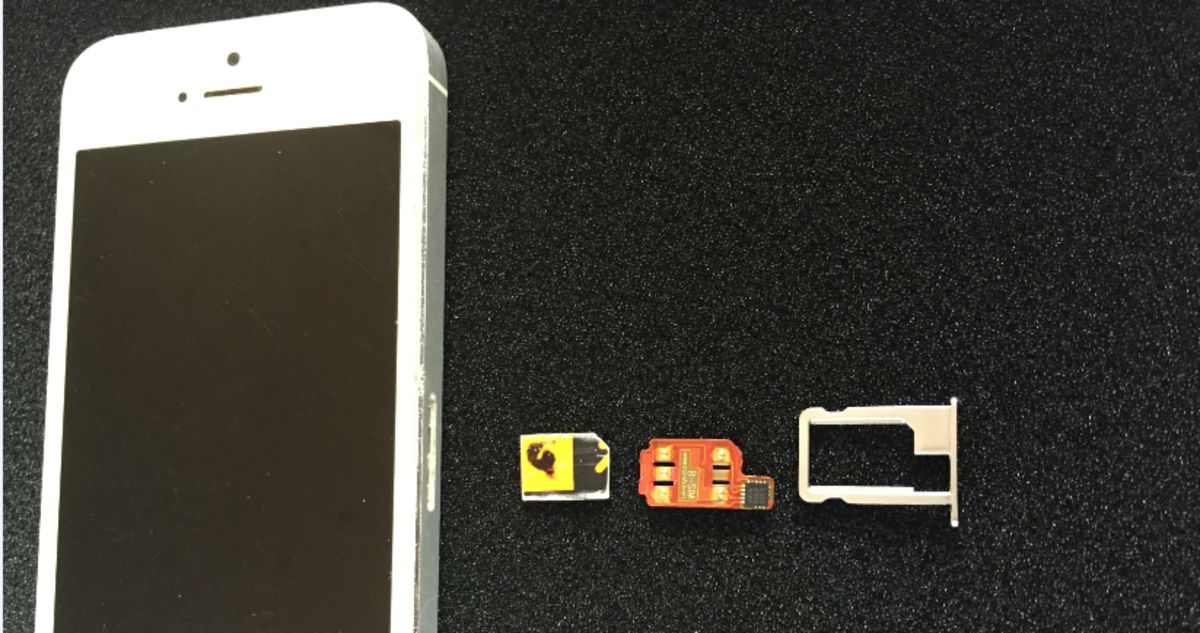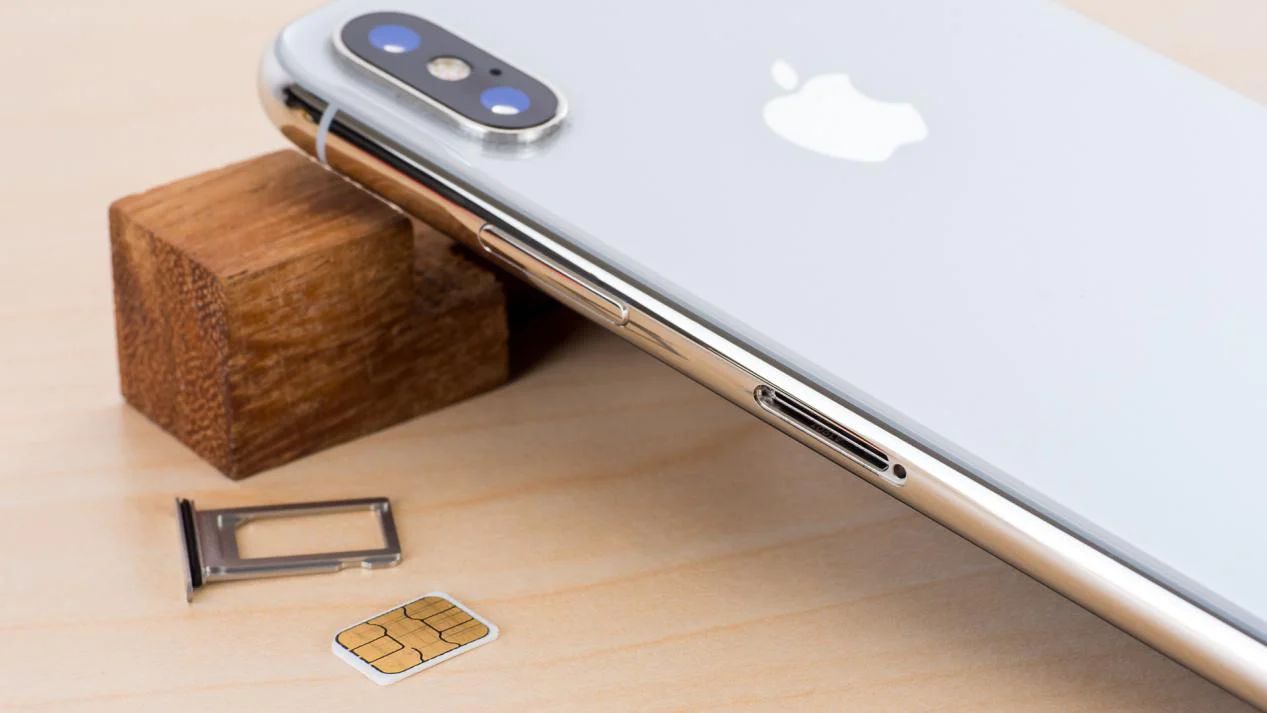Introduction
Unlocking an iPhone without using a SIM card is a topic that piques the interest of many iPhone users worldwide. The ability to liberate an iPhone from the constraints of a specific carrier and use it with any network provider is a sought-after feat. Whether it's for the sake of flexibility, travel, or simply to broaden the options for service providers, the desire to unlock an iPhone without the need for a physical SIM card is a common aspiration.
The concept of unlocking an iPhone without a SIM card opens up a realm of possibilities, allowing users to transcend the limitations imposed by carrier restrictions. This process empowers individuals to take control of their devices and use them according to their preferences, without being bound by the constraints of a particular network.
In this article, we will delve into the intricacies of unlocking an iPhone without a SIM card, exploring the methods and techniques that enable users to achieve this feat. By shedding light on the various approaches to unlocking an iPhone without the reliance on a physical SIM card, we aim to equip readers with the knowledge and understanding necessary to embark on this endeavor.
As we navigate through the realms of iPhone unlocking, it's essential to grasp the significance of a SIM card and its role in the unlocking process. By unraveling the complexities surrounding this topic, we can gain a comprehensive understanding of the methods and implications associated with unlocking an iPhone without a SIM card. Join us on this insightful journey as we unravel the mysteries of iPhone unlocking and empower ourselves with the knowledge to harness the full potential of our devices.
What is a SIM card and its role in unlocking an iPhone
A SIM card, short for Subscriber Identity Module, is a small, removable card that is inserted into mobile devices to authenticate the user and connect the device to a mobile network. It serves as a unique identifier for the user and the mobile network, enabling the device to communicate and access cellular services. In the context of unlocking an iPhone, the SIM card plays a pivotal role in establishing the initial connection with a specific carrier's network.
When an iPhone is first activated, it typically requires a SIM card from a compatible carrier to complete the setup process and establish network connectivity. The SIM card contains essential information, including the user's phone number, network authorization, and other pertinent details necessary for the device to operate within the carrier's network. This initial association with a specific carrier's SIM card forms the basis of the iPhone's network compatibility and functionality.
In the realm of unlocking an iPhone, the role of the SIM card is twofold. Firstly, during the traditional unlocking process, a different carrier's SIM card is often utilized to initiate the unlocking procedure. This involves inserting a SIM card from a carrier other than the one to which the iPhone is currently locked. By doing so, the iPhone is prompted to recognize the new carrier's network, thereby triggering the unlocking process.
Secondly, in the context of unlocking an iPhone without using a SIM card, the significance of the SIM card lies in its association with the device's network settings and configuration. While the physical presence of a SIM card may not be necessary in some unlocking methods, the underlying network-related data stored within the iPhone's settings is crucial for the unlocking process to succeed. This data, which is typically linked to the original carrier's network, needs to be modified or bypassed to enable the iPhone to function with other carriers or in a carrier-agnostic manner.
Understanding the role of the SIM card in unlocking an iPhone is fundamental to navigating the intricacies of the unlocking process. By comprehending the interplay between the SIM card, network connectivity, and carrier associations, individuals seeking to unlock their iPhones can gain valuable insights into the underlying mechanisms and considerations involved in this endeavor.
Methods to unlock an iPhone without using a SIM card
Unlocking an iPhone without a physical SIM card entails employing alternative methods to bypass carrier restrictions and enable the device to operate with different networks. While the traditional approach involves using a different carrier's SIM card to initiate the unlocking process, several innovative techniques have emerged to unlock an iPhone without the reliance on a SIM card. These methods cater to diverse user preferences and technical proficiencies, offering flexibility and convenience in liberating iPhones from carrier limitations.
1. Software Unlocking:
Software unlocking involves utilizing third-party software or applications to modify the iPhone's firmware and baseband, thereby unlocking the device for use with different carriers. This method typically requires jailbreaking the iPhone to gain access to the device's file system and enable the installation of custom software. Once jailbroken, specialized unlocking software can be utilized to manipulate the iPhone's settings and override carrier restrictions, effectively unlocking the device without the need for a SIM card.
2. IMEI Unlocking:
IMEI (International Mobile Equipment Identity) unlocking is a legitimate and permanent method sanctioned by mobile carriers and regulatory authorities. This method involves whitelisting the iPhone's IMEI number in the carrier's database, thereby officially authorizing the device to be used with any network. IMEI unlocking is often facilitated by third-party services or directly through the carrier, allowing users to submit their device's IMEI number for unlocking without the requirement of a SIM card from a different carrier.
3. Carrier Unlock:
Some carriers provide official unlocking services for iPhones, allowing users to request an unlock directly from the carrier. This process typically involves submitting a request through the carrier's official channels and meeting specific criteria, such as fulfilling contractual obligations or ensuring the device is in good standing. Once approved, the carrier initiates the unlocking process, enabling the iPhone to be used with any compatible network without the need for a different carrier's SIM card.
4. Hardware Unlocking:
Hardware unlocking, while less common and more technically involved, entails modifying the iPhone's hardware components to bypass carrier restrictions. This method may involve altering the device's internal circuitry or utilizing specialized hardware components to reconfigure the iPhone's settings and enable it to function with different networks. Hardware unlocking requires a high level of technical expertise and is often considered a last resort due to its complexity and potential risks.
5. E-SIM Activation:
With the advent of eSIM technology, some mobile carriers and device manufacturers offer eSIM activation as a method to unlock iPhones without the need for a physical SIM card. E-SIM activation involves provisioning the iPhone with an electronic SIM profile, allowing the device to connect to the carrier's network without the requirement of a traditional SIM card. This method provides a seamless and convenient approach to unlocking iPhones, especially for users embracing the latest advancements in mobile connectivity.
By exploring these diverse methods, individuals seeking to unlock their iPhones without using a SIM card can leverage a range of options tailored to their preferences and technical capabilities. Whether opting for software-based solutions, official carrier unlocking services, or embracing emerging technologies such as eSIM activation, the realm of iPhone unlocking offers a multitude of avenues to liberate devices from carrier constraints and embrace newfound freedom in network connectivity.
Benefits and drawbacks of unlocking an iPhone without a SIM card
Unlocking an iPhone without the reliance on a physical SIM card presents a myriad of benefits and drawbacks, each bearing significant implications for users seeking to liberate their devices from carrier restrictions.
Benefits
-
Flexibility and Freedom: Unlocking an iPhone without a SIM card grants users the freedom to choose their preferred network provider, unshackling the device from the limitations imposed by a specific carrier. This flexibility is particularly advantageous for individuals who travel frequently or desire the freedom to switch between carriers without constraints.
-
Cost Savings: By unlocking an iPhone without the need for a physical SIM card, users can explore cost-effective network plans and take advantage of competitive pricing offered by various carriers. This empowers users to make informed choices based on their budget and usage requirements, potentially resulting in substantial savings on monthly service fees.
-
Global Compatibility: Unlocked iPhones without SIM card restrictions are compatible with a broader range of networks worldwide, making them ideal companions for international travel. Users can seamlessly switch to local SIM cards in different countries, avoiding exorbitant roaming charges and ensuring uninterrupted connectivity across diverse geographical regions.
-
Resale Value: Unlocked iPhones hold greater appeal in the resale market, as they cater to a broader audience of potential buyers. The ability to use the device with any carrier enhances its marketability, potentially commanding a higher resale value compared to locked devices tied to specific carriers.
Drawbacks
-
Voided Warranty: Unlocking an iPhone without using a SIM card may void the device's warranty, as it often involves modifying the device's software or firmware through jailbreaking or other unconventional methods. This can leave users vulnerable to potential service and support limitations from the manufacturer, especially for hardware-related issues.
-
Security Risks: Certain unlocking methods, particularly those involving third-party software or unauthorized modifications, may pose security risks to the iPhone's operating system and user data. Inadvertent exposure to malicious software or unauthorized access to sensitive information can compromise the device's integrity and user privacy.
-
Technical Complexity: Some unlocking methods, such as software or hardware modifications, require a certain level of technical expertise and carry inherent risks if not executed properly. Users may encounter challenges or complications during the unlocking process, potentially leading to device malfunctions or unintended consequences.
-
Carrier Limitations: Despite unlocking an iPhone without a SIM card, certain carrier-specific features or services may remain inaccessible or incompatible with alternative networks. This can impact the user experience, especially if the device relies on carrier-specific functionalities that are not universally supported.
By weighing the benefits and drawbacks of unlocking an iPhone without a SIM card, users can make informed decisions aligned with their preferences and priorities. Whether pursuing the advantages of network flexibility and cost savings or considering the potential implications of warranty voidance and security risks, understanding the multifaceted nature of iPhone unlocking empowers users to navigate this transformative journey with clarity and discernment.
Conclusion
Unlocking an iPhone without using a SIM card opens a gateway to newfound freedom and flexibility in network connectivity. By delving into the intricacies of iPhone unlocking and exploring the methods and implications associated with bypassing carrier restrictions, users gain valuable insights into the transformative potential of liberating their devices.
The diverse array of unlocking methods, ranging from software-based solutions to official carrier unlocking services and emerging technologies such as eSIM activation, underscores the dynamic landscape of iPhone unlocking. Each method offers unique advantages and considerations, catering to the diverse needs and preferences of users seeking to break free from the confines of carrier-locked devices.
The benefits of unlocking an iPhone without a SIM card, including enhanced flexibility, cost savings, global compatibility, and heightened resale value, underscore the compelling advantages of embracing unlocked devices. This newfound freedom empowers users to transcend geographical and contractual limitations, enabling seamless network transitions and personalized connectivity experiences.
However, it is essential to approach iPhone unlocking with a discerning mindset, considering the potential drawbacks such as warranty implications, security risks, technical complexity, and residual carrier limitations. By acknowledging these considerations, users can navigate the unlocking process with informed decision-making, ensuring that the pursuit of freedom in network connectivity aligns with their broader device usage and support requirements.
In essence, unlocking an iPhone without a SIM card embodies a journey of empowerment and liberation, enabling users to reclaim control over their devices and embrace a world of possibilities in network connectivity. Whether driven by the desire for travel-friendly devices, cost-effective network plans, or global compatibility, the ability to unlock an iPhone without the reliance on a physical SIM card embodies the spirit of empowerment and choice.
As users embark on this transformative journey, armed with knowledge and insights into the multifaceted realm of iPhone unlocking, they are poised to unlock not only their devices but also a world of possibilities and connectivity experiences. The unlocking of an iPhone without a SIM card signifies a departure from limitations and a step towards personalized, liberated connectivity, embodying the essence of empowerment and freedom in the digital age.







